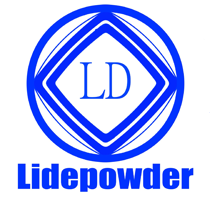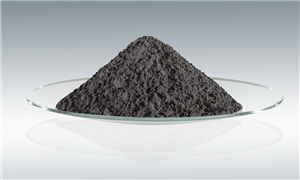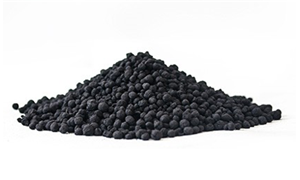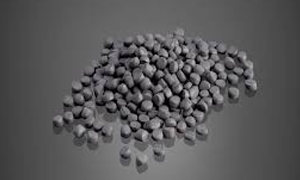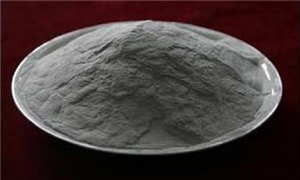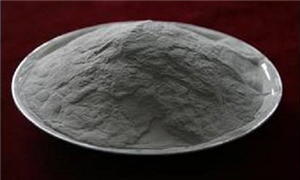- Home
- >
- News
- >
- Company news
- >
- Metal Powder Injection Molding: An Overview
Metal Powder Injection Molding: An Overview
Metal Powder Injection Molding, or MIM, is a manufacturing process used to create complex metal parts. MIM combines the advantages of powder metallurgy and plastic injection molding, making it a cost-effective and efficient process for producing high-quality metal parts. The MIM process involves four main steps: feedstock preparation, injection molding, debinding, and sintering.
Feedstock Preparation
The first step in the MIM process is feedstock preparation. The feedstock is a mixture of fine metal powders and a thermoplastic binder, which is designed to hold the metal powders together during the molding process. The metal powders are typically made from a variety of metals, including stainless steel, titanium, and tungsten.
The feedstock is usually prepared by mixing the metal powders and the binder in a high-speed mixer, which creates a homogenous mixture. The mixture is then granulated and dried to form pellets, which are used in the injection molding process.
Injection Molding
The second step in the MIM process is injection molding. The feedstock pellets are loaded into a hopper and fed into an injection molding machine. The machine heats the pellets and injects them into a mold cavity, where they are cooled and solidified.
The injection molding process allows for the creation of complex metal parts with high precision and accuracy. The molds used in the injection molding process are typically made from tool steel or other high-strength materials, and are designed to withstand the high pressures and temperatures involved in the molding process.
Debinding
The third step in the MIM process is debinding. After the metal parts have been molded, the binder must be removed from the part before it can be sintered. This is done by placing the parts in a furnace and heating them to a temperature high enough to vaporize the binder.
Sintering
The final step in the MIM process is sintering. Sintering involves heating the debound parts in a furnace to a temperature just below the melting point of the metal powders. This causes the metal powders to fuse together, forming a solid metal part.
The sintering process can take several hours, and the temperature and time required will depend on the type of metal used and the size and complexity of the part.
Advantages of MIM
There are several advantages to using the MIM process to create metal parts. First, the MIM process allows for the creation of complex metal parts with high precision and accuracy. This makes it an ideal process for producing small, intricate parts that would be difficult or impossible to create using traditional manufacturing methods.
Second, the MIM process is cost-effective. Because the process uses a thermoplastic binder, which is much cheaper than metal, the cost of producing parts using the MIM process is often lower than using traditional manufacturing methods.
Finally, the MIM process is environmentally friendly. Because the process uses a relatively small amount of material, it produces less waste than traditional manufacturing methods.
Conclusion
Metal Powder Injection Molding is a cost-effective and efficient process for producing high-quality metal parts. By combining the advantages of powder metallurgy and plastic injection molding, the MIM process allows for the creation of complex metal parts with high precision and accuracy. The MIM process is an environmentally friendly and cost-effective alternative to traditional manufacturing methods and is ideal for producing small, intricate parts.
